38 pytorch dataloader without labels
How to load Images without using 'ImageFolder' - PyTorch Forums Just pass in your image folder path when you instantiate the DataSet. ex: my_dataset = CustomDataSet ("path/to/root/", transform=your_transforms) If you aren't using transforms, remove the 3 references to transform in your CustomDataSet code. 1 Like. dcprime (Darren Conley) July 15, 2020, 6:28pm #8. Load custom image datasets into PyTorch DataLoader without using ... PyTorch provides two class: torch.utils.data.DataLoader and torch.utils.data.Dataset that allows you to load your own data. Dataset stores the samples and their corresponding labels, and DataLoader wraps an iterable around the Dataset to enable easy access to the samples. In this tutorial, we have seen how to write and use datasets, transforms, and DataLoader.
Custom Dataset and Dataloader in PyTorch - DebuggerCafe testloader = DataLoader(test_data, batch_size=128, shuffle=True) In the __init__ () function we initialize the images, labels, and transforms. Note that by default the labels and transforms parameters are None. We will pass them as arguments depending on our requirements for the project.

Pytorch dataloader without labels
Loading data in PyTorch — PyTorch Tutorials 1.12.1+cu102 documentation 3. Loading the data. Now that we have access to the dataset, we must pass it through torch.utils.data.DataLoader. The DataLoader combines the dataset and a sampler, returning an iterable over the dataset. data_loader = torch.utils.data.DataLoader(yesno_data, batch_size=1, shuffle=True) 4. Iterate over the data. Data loader without labels? - PyTorch Forums Yes, DataLoader doesn't have any conditions on the number of outputs of your Dataset as seen here: class MyDataset (Dataset): def __init__ (self): self.data = torch.randn (100, 1) def __getitem__ (self, index): x = self.data [index] return x def __len__ (self): return len (self.data) dataset = MyDataset () loader = DataLoader ( dataset, batch ... How to use Datasets and DataLoader in PyTorch for custom text data First, we create two lists called 'text' and 'labels' as an example. text_labels_df = pd.DataFrame({'Text': text, 'Labels': labels}): This is not essential, but Pandas is a useful tool for data management and pre-processing and will probably be used in your PyTorch pipeline. In this section the lists 'text' and 'labels' containing the data are saved in a Pandas DataFrame.
Pytorch dataloader without labels. Iterating through DataLoader using iter() and next() in PyTorch Our DataLoader would process the data, and return 8 batches of 4 images each. The Dataset class is an abstract class representing the dataset. It allows us to treat the dataset as an object of a class, rather than a set of data and labels. Dataset class returns a pair of [input, label] every time it is called. Creating a dataloader without target values - PyTorch Forums I am trying to create a dataloader that will return batches of input data that doesn't have target data. Here's what I am doing: torch_input = torch.from_numpy (x_train) torch_target = torch.from_numpy (y_train) ds_x = torch.utils.data.TensorDataset (torch_input) ds_y = torch.utils.data.TensorDataset (torch_target) train_loader = torch ... I created a simple dataset that has two - ued.fxyaru.info I created a simple dataset that has two CUDA tensors, one of shape (1000, 5) and the other (1000,) but when I load them using a DataLoader only the first one is returned as CUDA tensor. I think this may have something to do with the default collate_fn of the DataLoader.A simple hack is to reshape the 1D tensor into (1000, 1) while feeding to DataLoader. Pytorch pascal voc dataloader - pufuk.yukkuri.shop Search: Deeplabv3 Pytorch Example. Because the tumor sample is small, we adopt oversampling method when training DeepLabV3 plus The pre-trained model has been trained on a subset of COCO train2017, on the 20 categories that are present in the Pascal VOC dataset Deeplabv3 is Google's latest semantic image segmentation model Training model for cars.
Beginner's Guide to Loading Image Data with PyTorch Executing the above command reveals our images contains numpy.float64 data, whereas for PyTorch applications we want numpy.uint8 formatted images. Luckily, our images can be converted from np.float64 to np.uint8 quite easily, as shown below. data = X_train.astype (np.float64) data = 255 * data. Datasets & DataLoaders — PyTorch Tutorials 1.12.1+cu102 documentation Dataset stores the samples and their corresponding labels, and DataLoader wraps an iterable around the Dataset to enable easy access to the samples. PyTorch domain libraries provide a number of pre-loaded datasets (such as FashionMNIST) that subclass torch.utils.data.Dataset and implement functions specific to the particular data. They can be used to prototype and benchmark your model. Load Pandas Dataframe using Dataset and DataLoader in PyTorch. DataLoaders offer multi-worker, multi-processing capabilities without requiring us to right codes for that. So let's first create a DataLoader from the Dataset. 1. 2. myDs=MyDataset (csv_path) train_loader=DataLoader (myDs,batch_size=10,shuffle=False) Now we will check whether the dataset works as intended or not. PyTorch Dataloader + Examples - Python Guides In this section, we will learn about how the PyTorch dataloader works in python. The Dataloader is defined as a process that combines the dataset and supplies an iteration over the given dataset. Dataloader is also used to import or export the data.
DataLoader returns labels that do not exist in the DataSet transform (torch transforms): if None is skipped, otherwise torch applies transforms """ self.h5_path = h5_path self.train = train self.train_idx = None self.train_cutoff = 0 self.labels = None # this isn't too intensive self.transform = transform # load the data file into memory self.data = h5py.File(self.h5_path, "r") self.labels = np.array(self.data["labels"]) # get labels for the train/test split, first 91 cat for train self.train_idx = np.argmax(self.labels > 90) if self.train: self ... Multilabel Classification With PyTorch In 5 Minutes Our custom dataset and the dataloader work as intended. We get one dictionary per batch with the images and 3 target labels. With this we have the prerequisites for our multilabel classifier. Custom Multilabel Classifier (by the author) First, we load a pretrained ResNet34 and display the last 3 children elements. Using ImageFolder without subfolders/labels - PyTorch Forums Using ImageFolder without subfolders/labels. vision. ywang530 (Ywang530) January 23, 2020, 6:15am #1. I am working on a image classification project right now. I have a train dataset consists of 102165 png files of different instruments. I have only a train folder which contains all the image files as the above screenshot shows. Developing Custom PyTorch Dataloaders Now that you've learned how to create a custom dataloader with PyTorch, we recommend diving deeper into the docs and customizing your workflow even further. You can learn more in the torch.utils.data docs here. Total running time of the script: ( 0 minutes 0.000 seconds)
Creating a custom Dataset and Dataloader in Pytorch The torch dataloader class can be imported from torch.utils.data.DataLoader Code: I wont go into the entire process of training a model, but I will explain step by step, the process of creating ...
How to use Datasets and DataLoader in PyTorch for custom text data First, we create two lists called 'text' and 'labels' as an example. text_labels_df = pd.DataFrame({'Text': text, 'Labels': labels}): This is not essential, but Pandas is a useful tool for data management and pre-processing and will probably be used in your PyTorch pipeline. In this section the lists 'text' and 'labels' containing the data are saved in a Pandas DataFrame.
Data loader without labels? - PyTorch Forums Yes, DataLoader doesn't have any conditions on the number of outputs of your Dataset as seen here: class MyDataset (Dataset): def __init__ (self): self.data = torch.randn (100, 1) def __getitem__ (self, index): x = self.data [index] return x def __len__ (self): return len (self.data) dataset = MyDataset () loader = DataLoader ( dataset, batch ...
Loading data in PyTorch — PyTorch Tutorials 1.12.1+cu102 documentation 3. Loading the data. Now that we have access to the dataset, we must pass it through torch.utils.data.DataLoader. The DataLoader combines the dataset and a sampler, returning an iterable over the dataset. data_loader = torch.utils.data.DataLoader(yesno_data, batch_size=1, shuffle=True) 4. Iterate over the data.
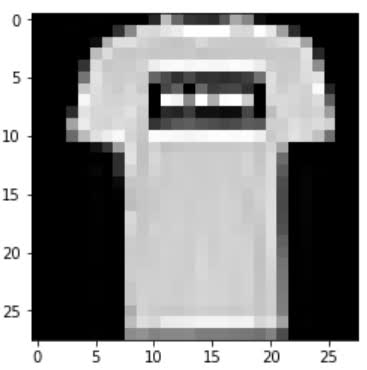
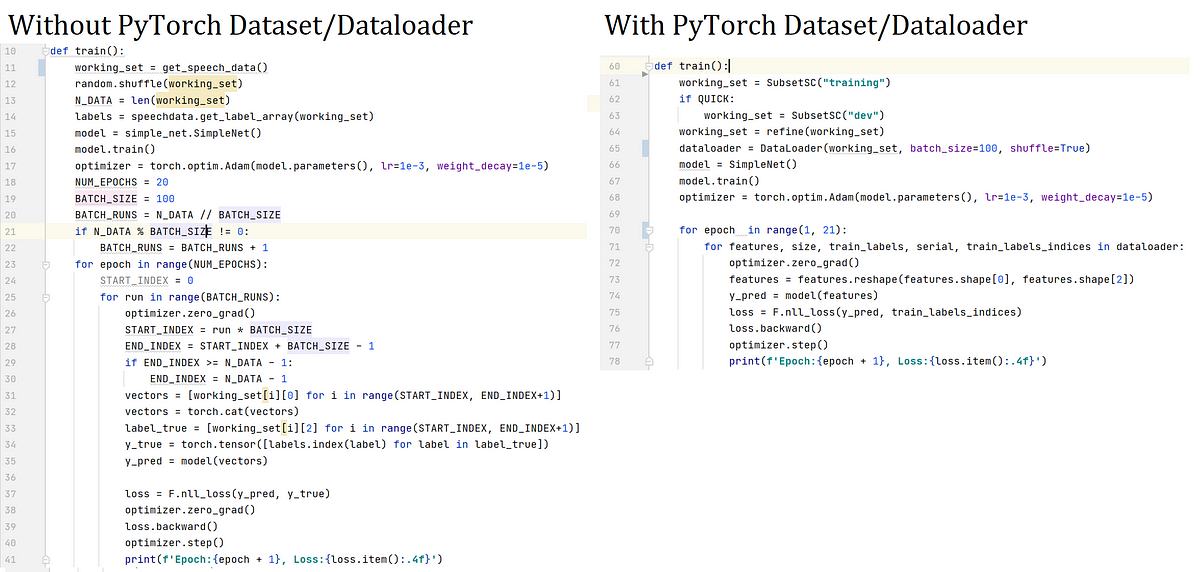



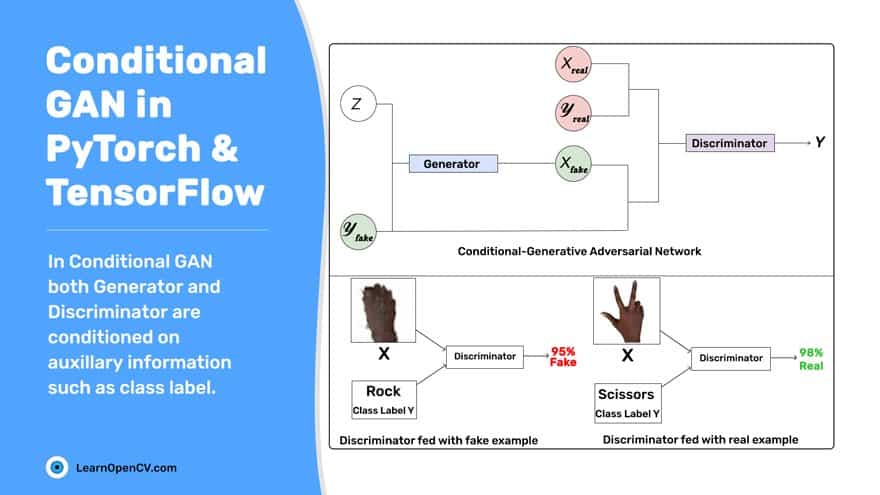
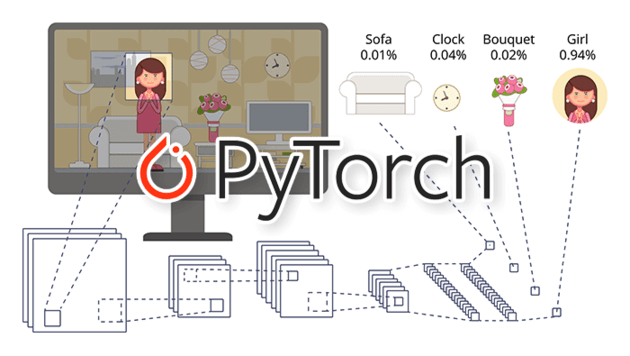
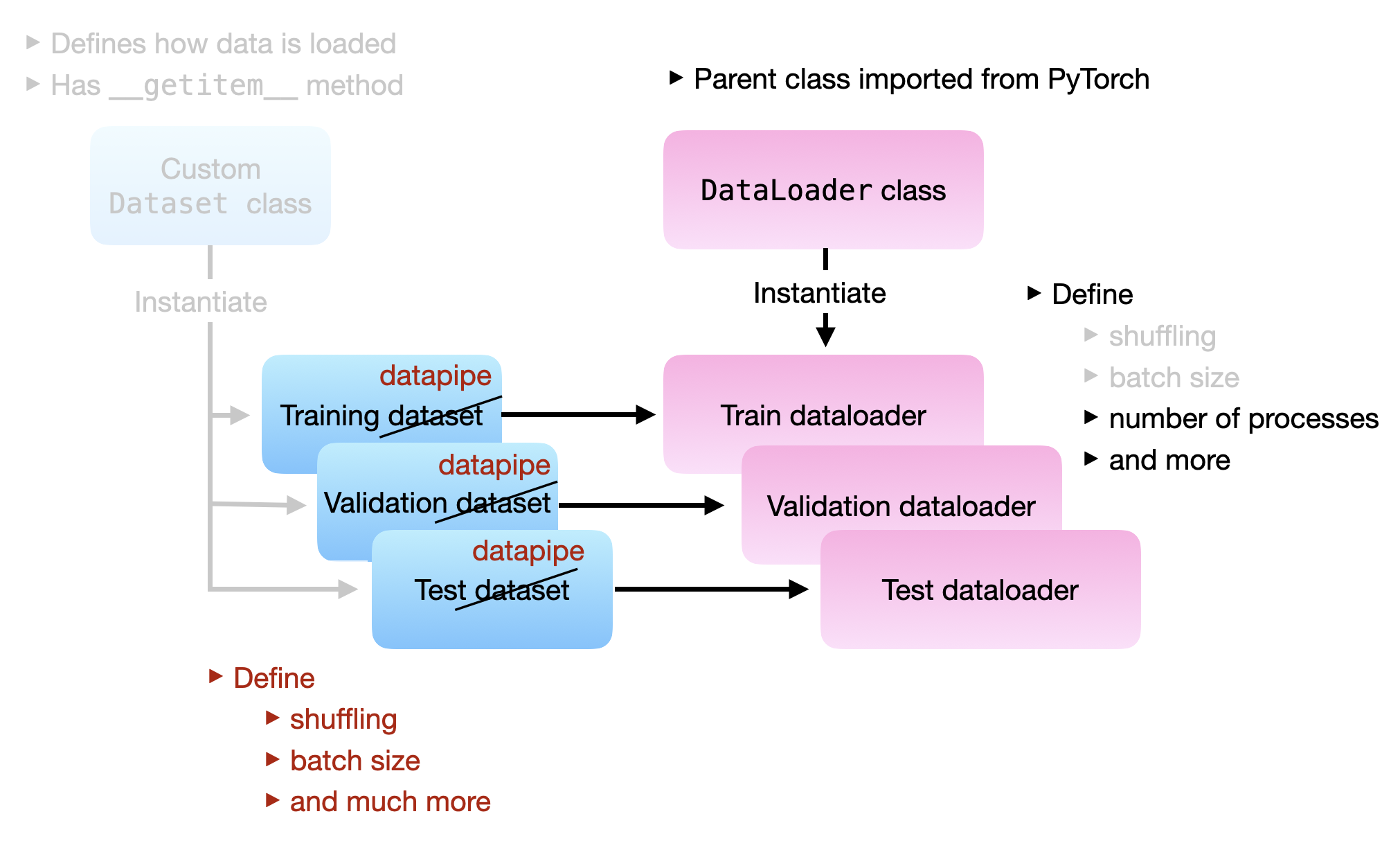
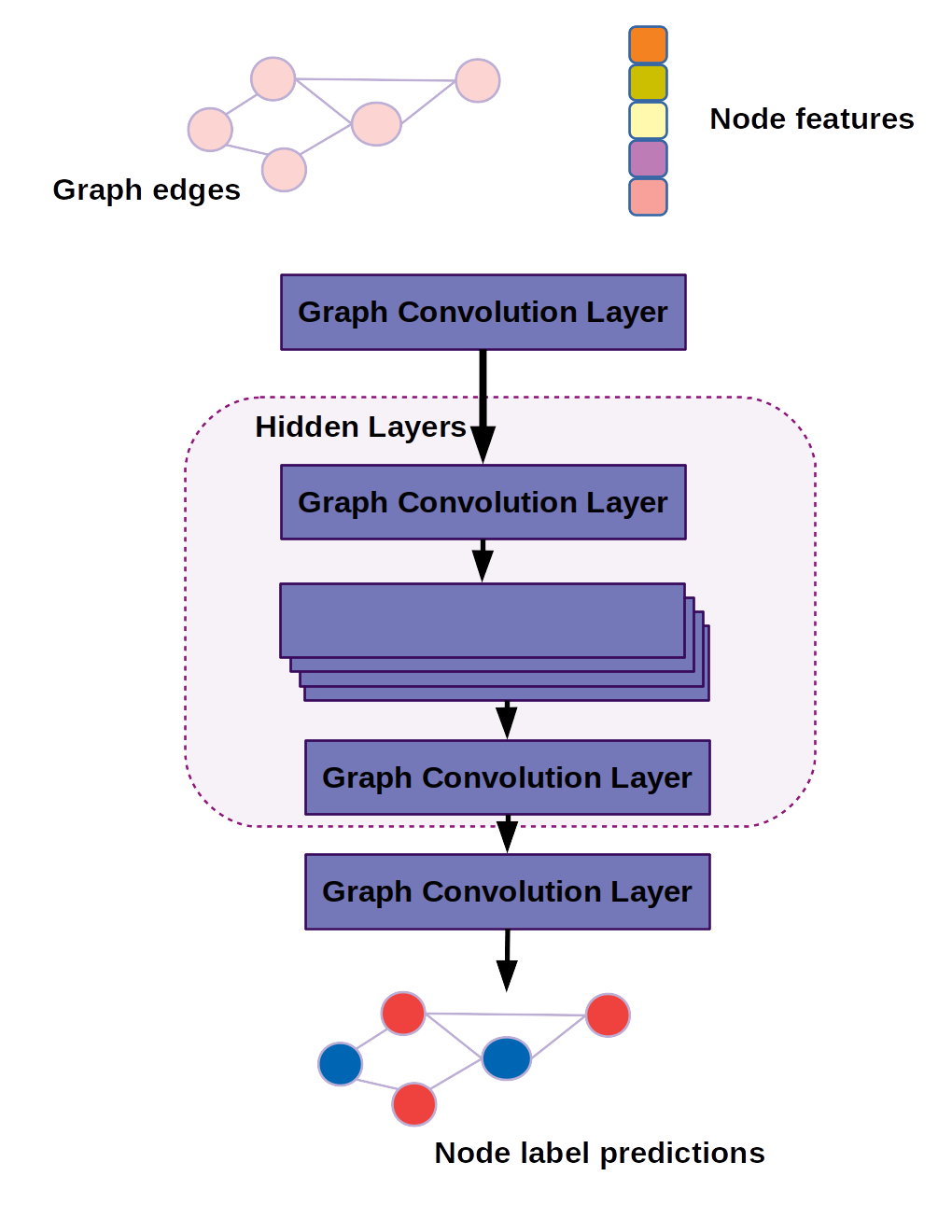

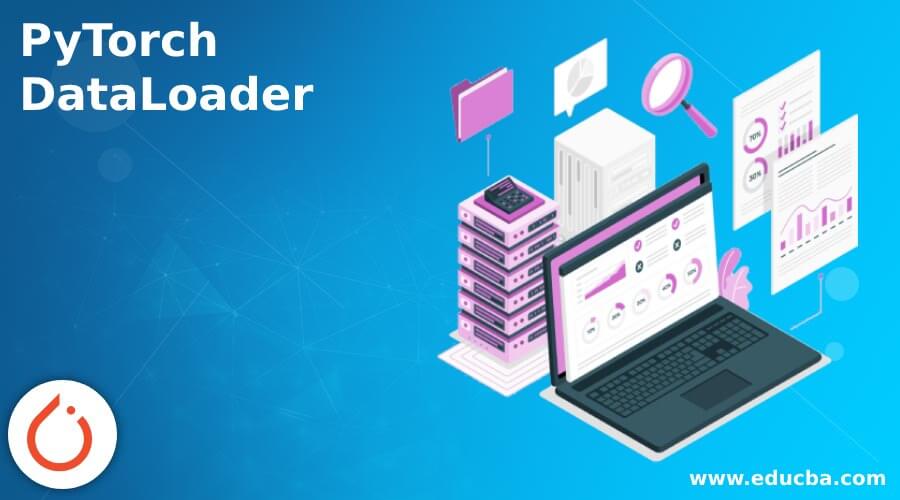
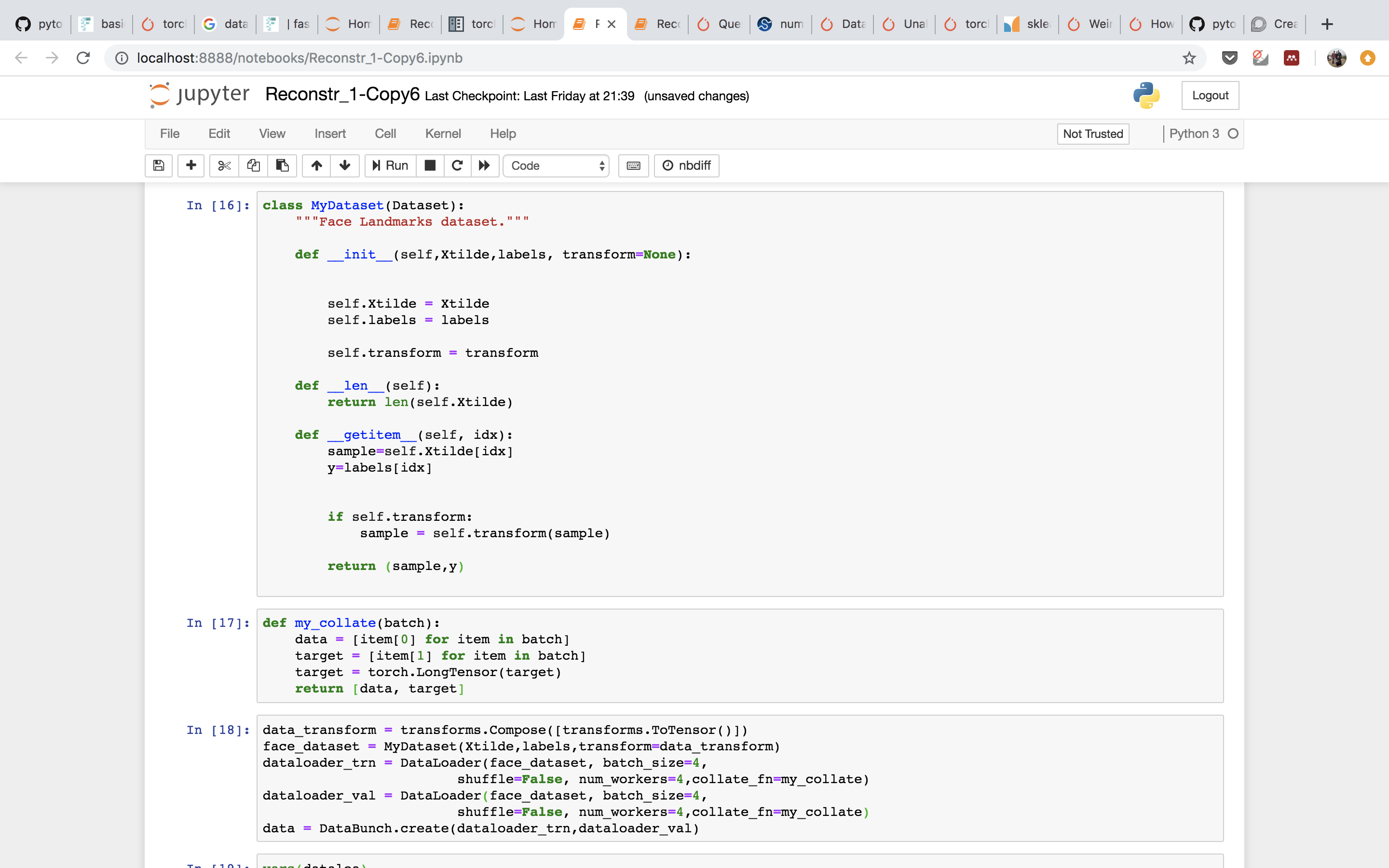

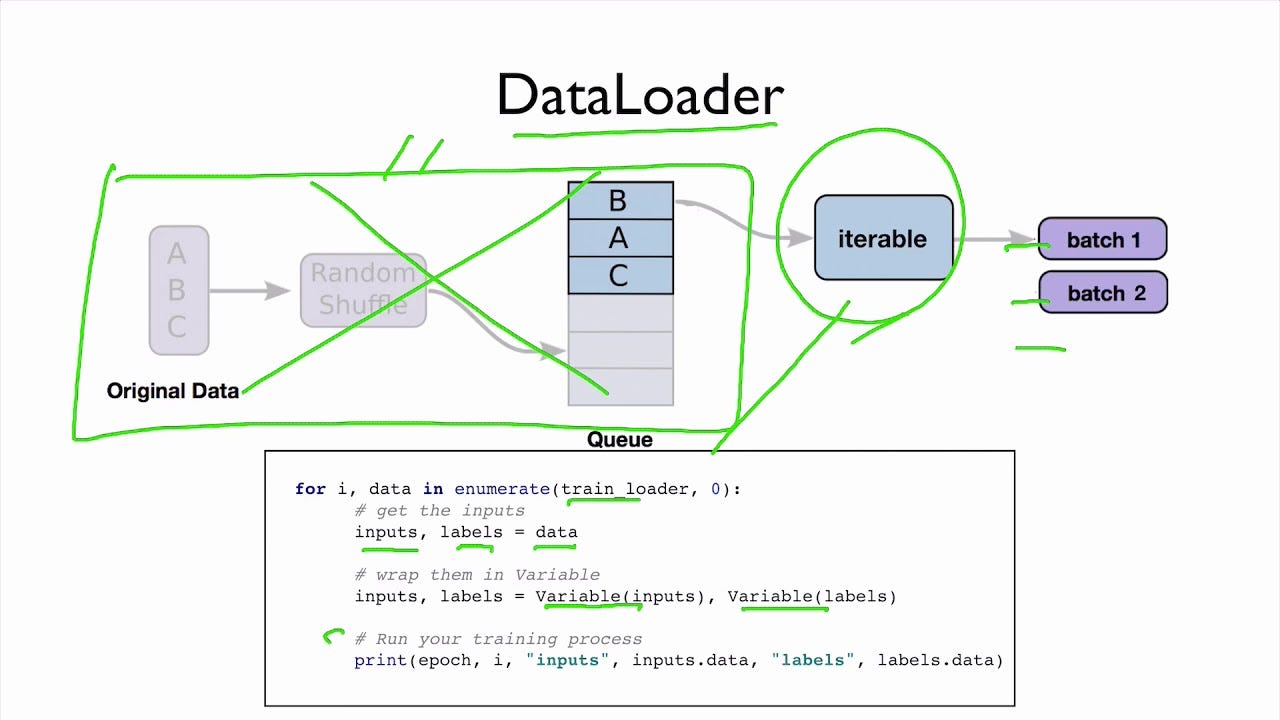
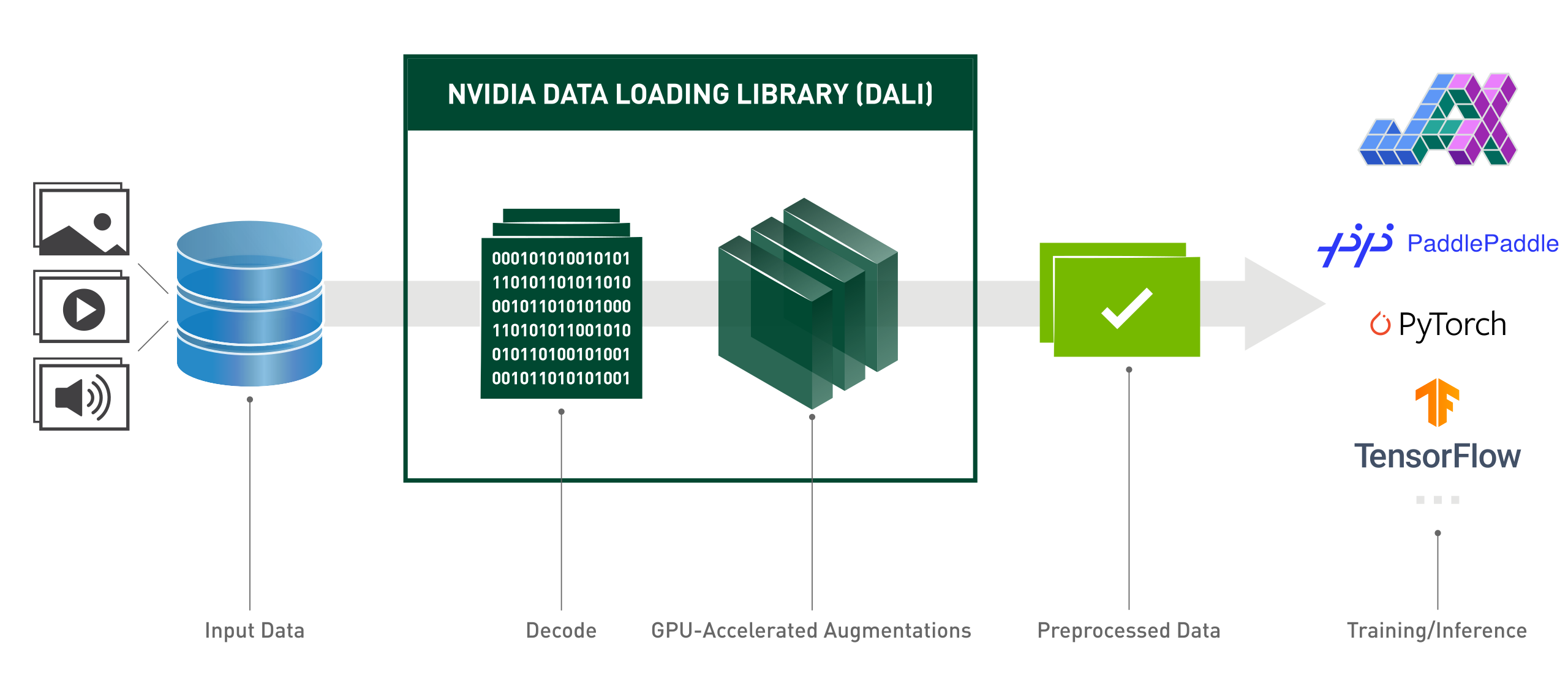
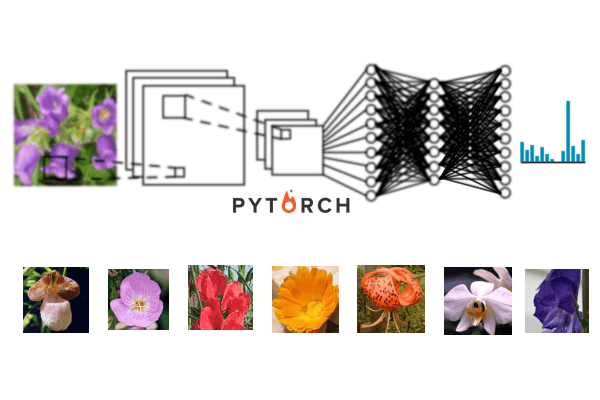


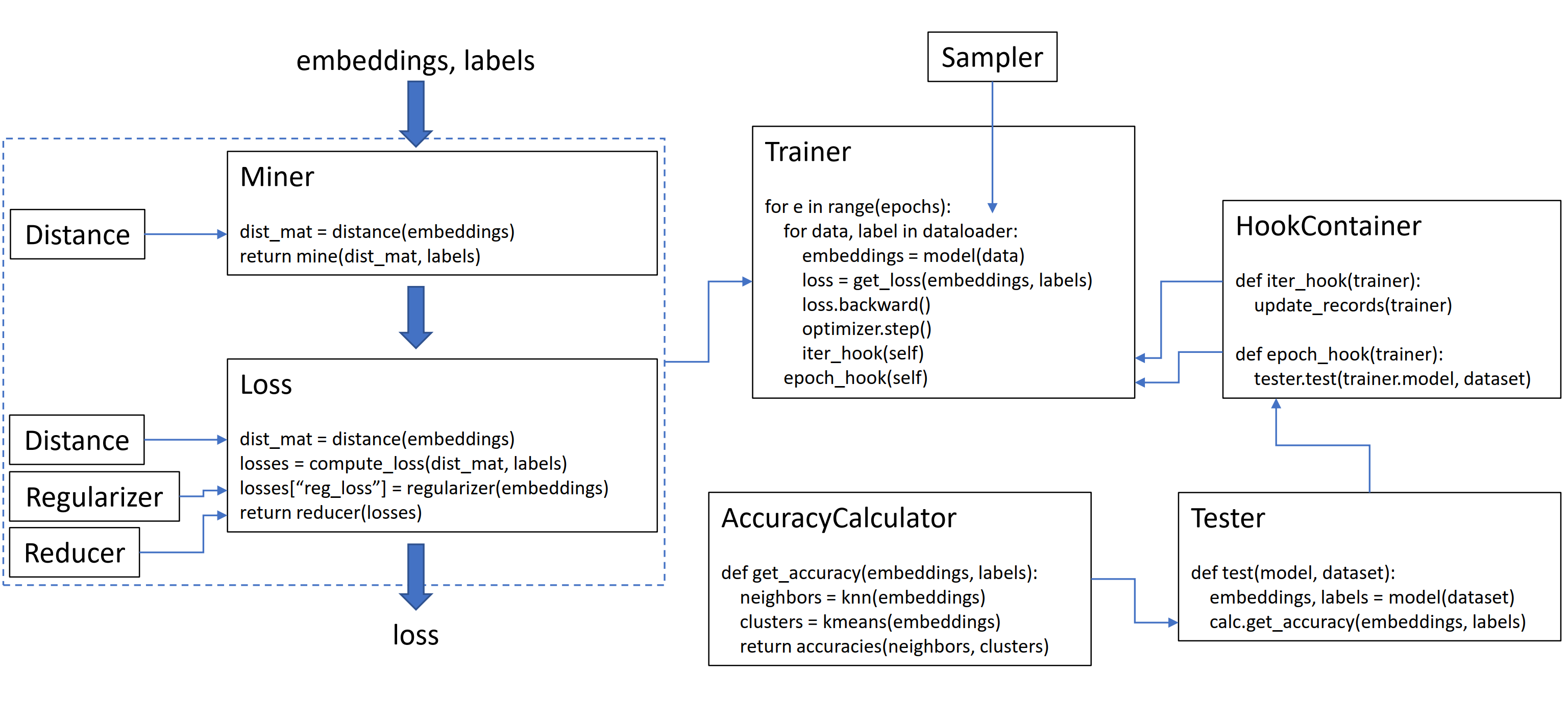
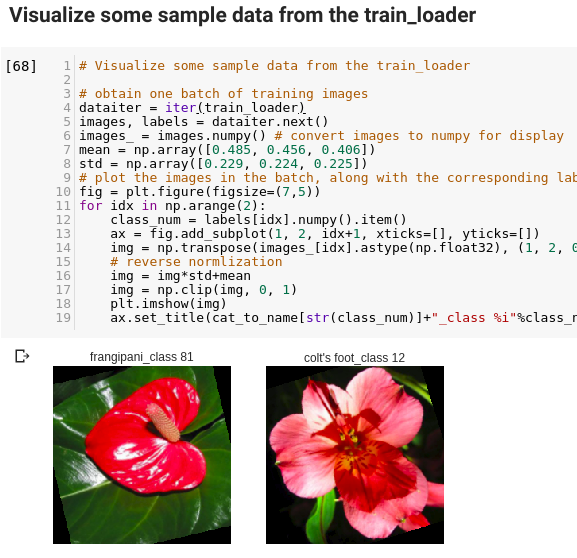
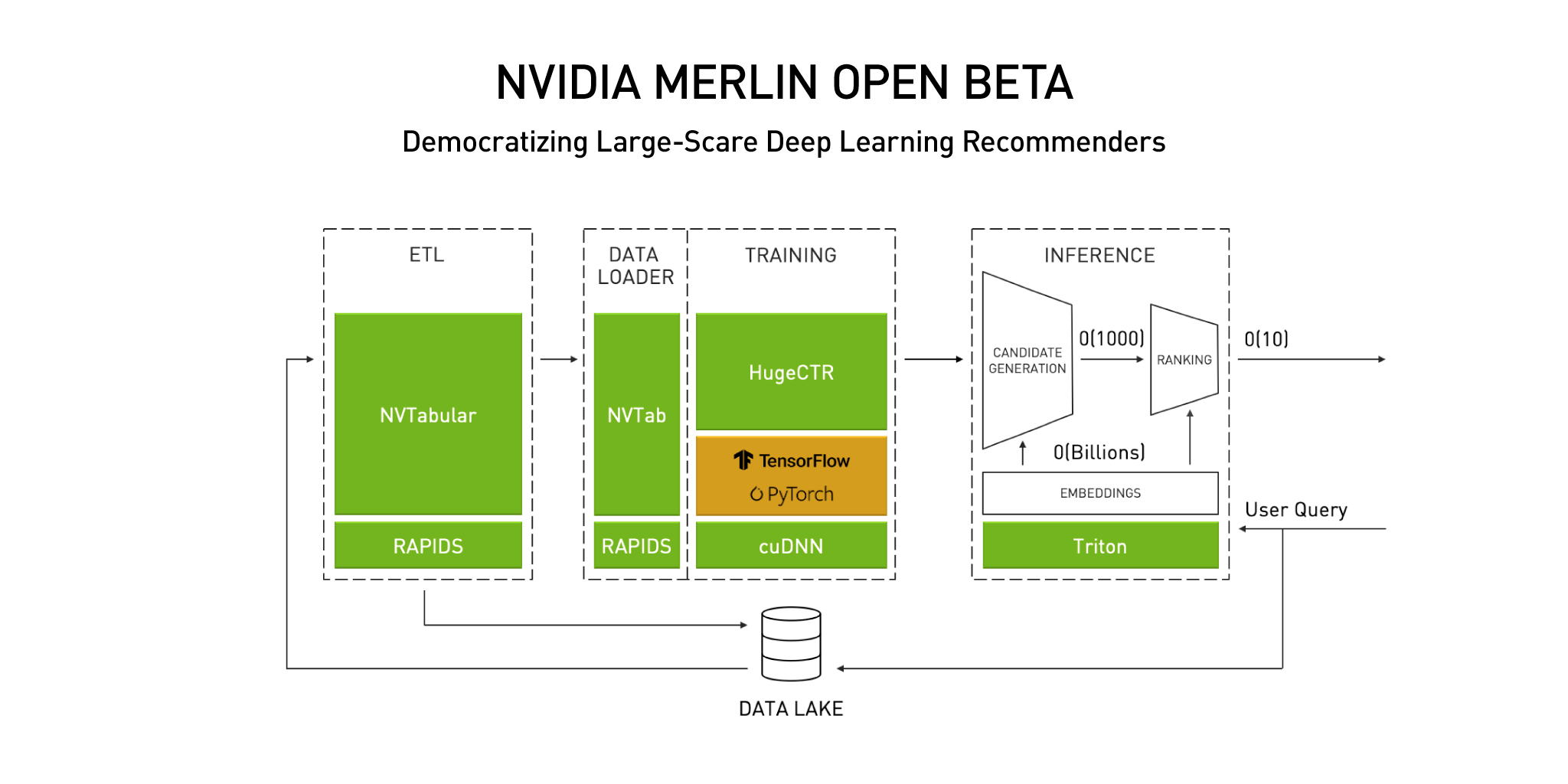
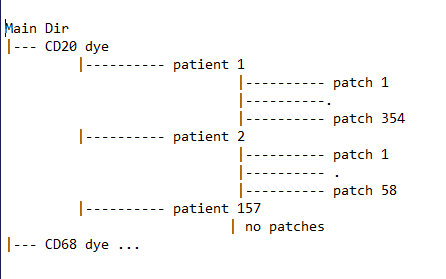
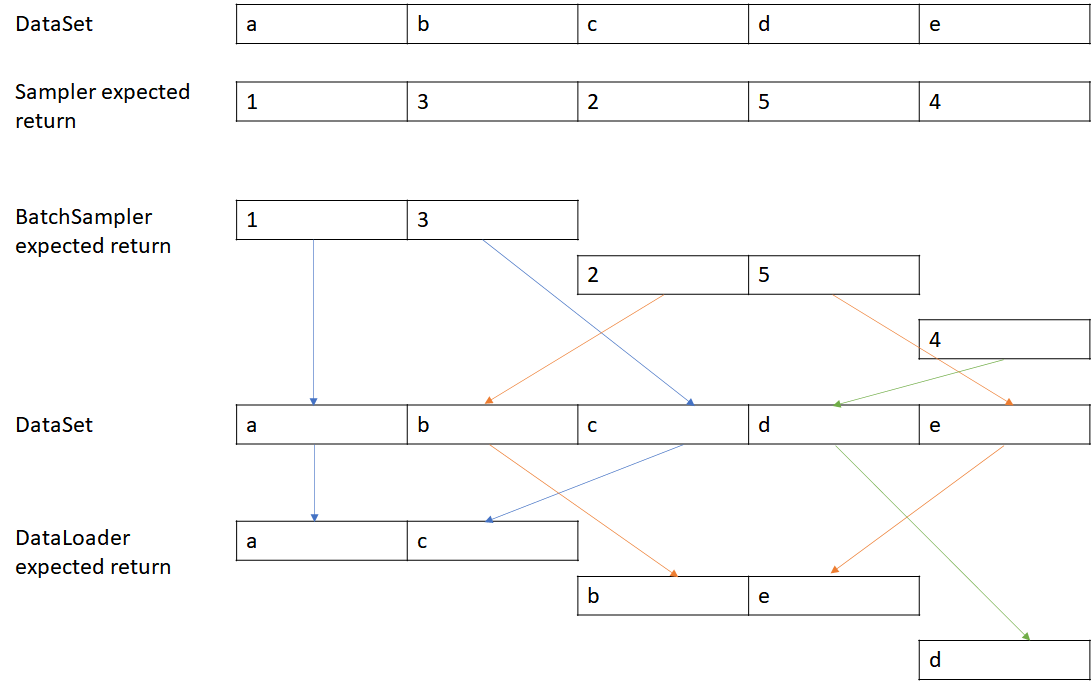


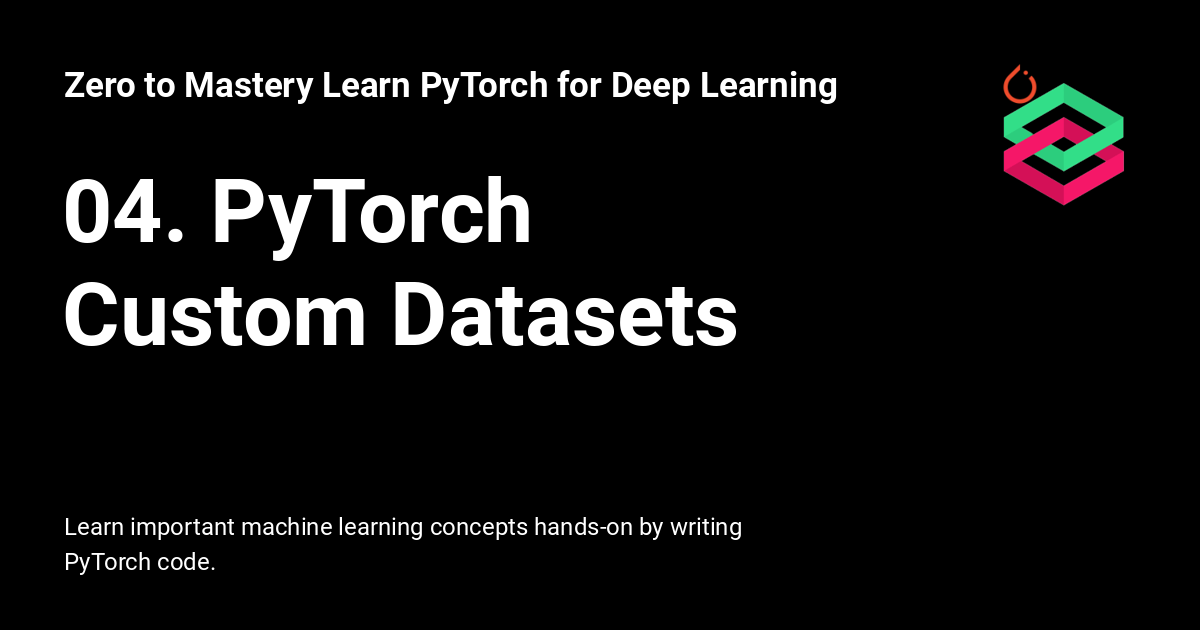
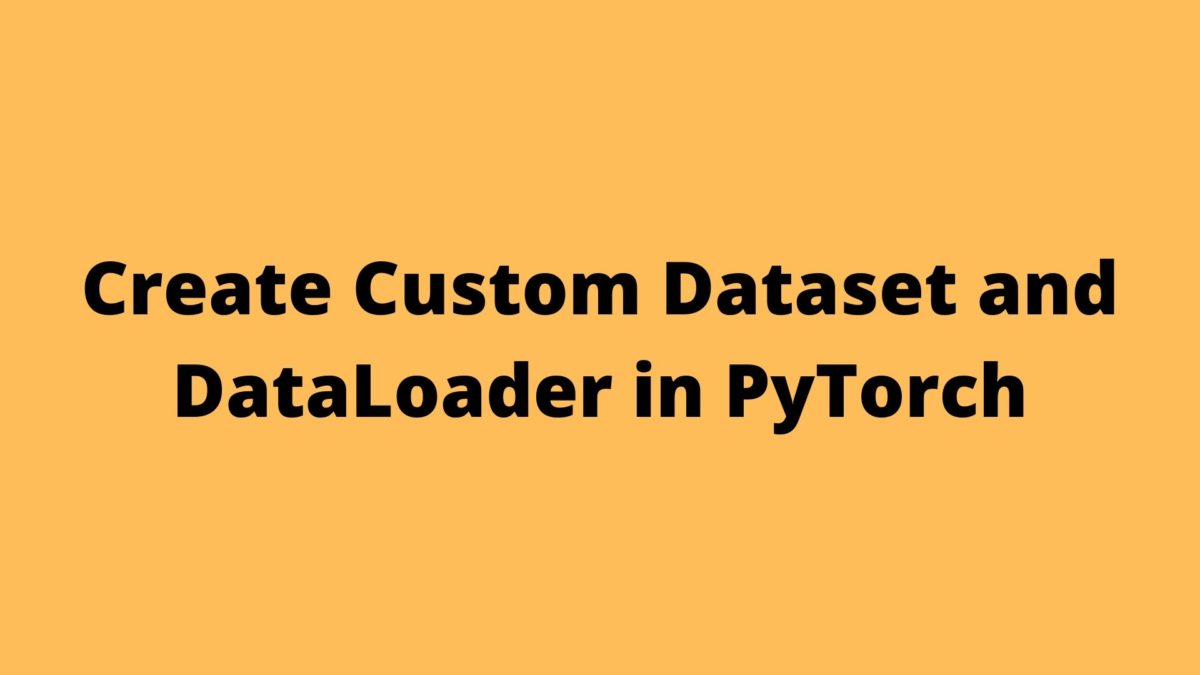


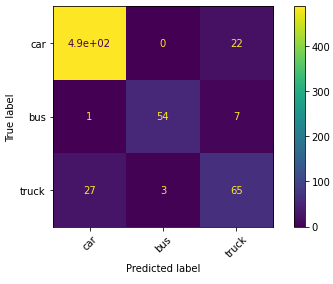

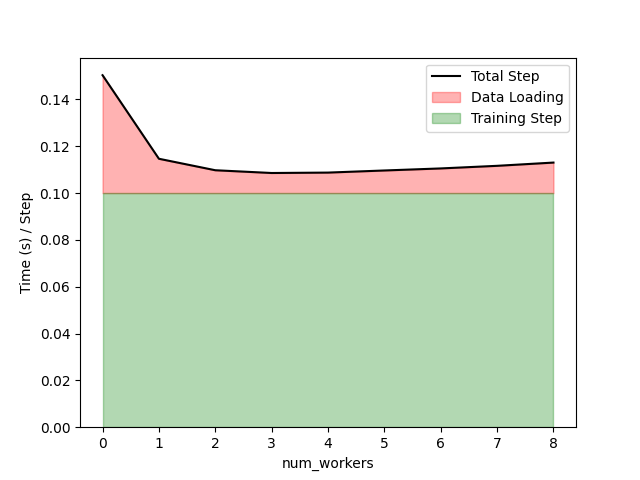
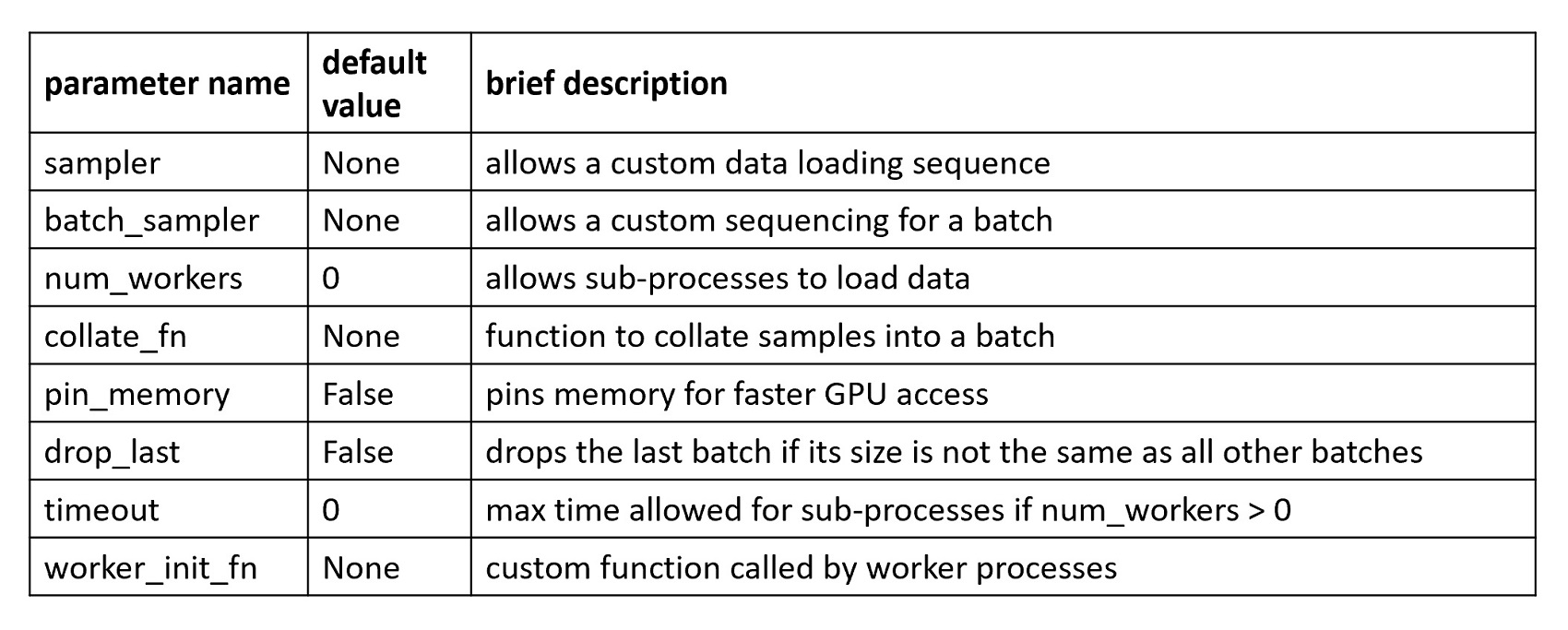
Post a Comment for "38 pytorch dataloader without labels"